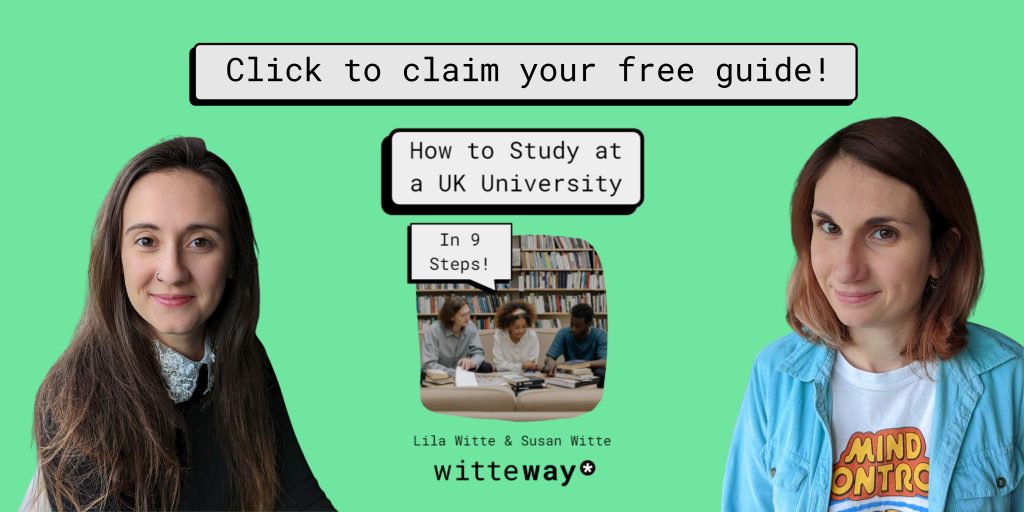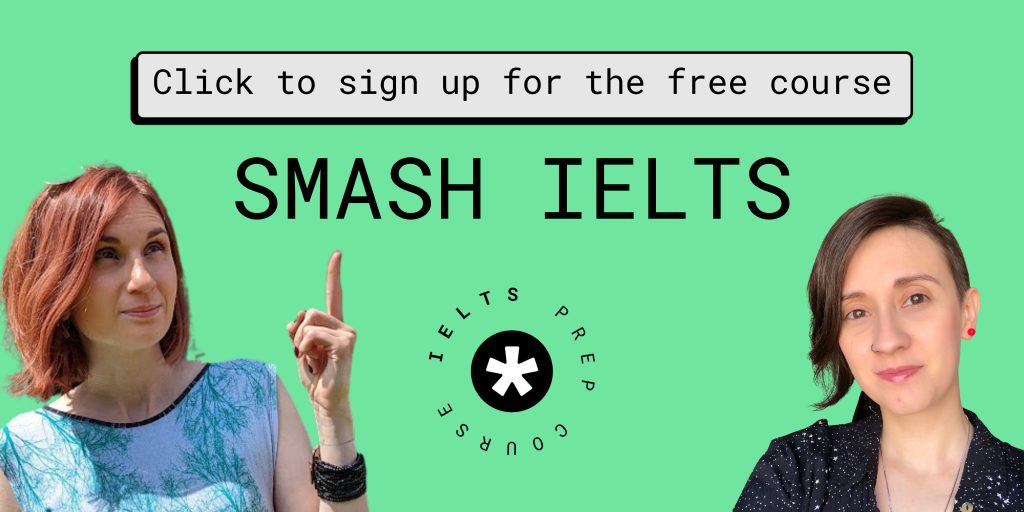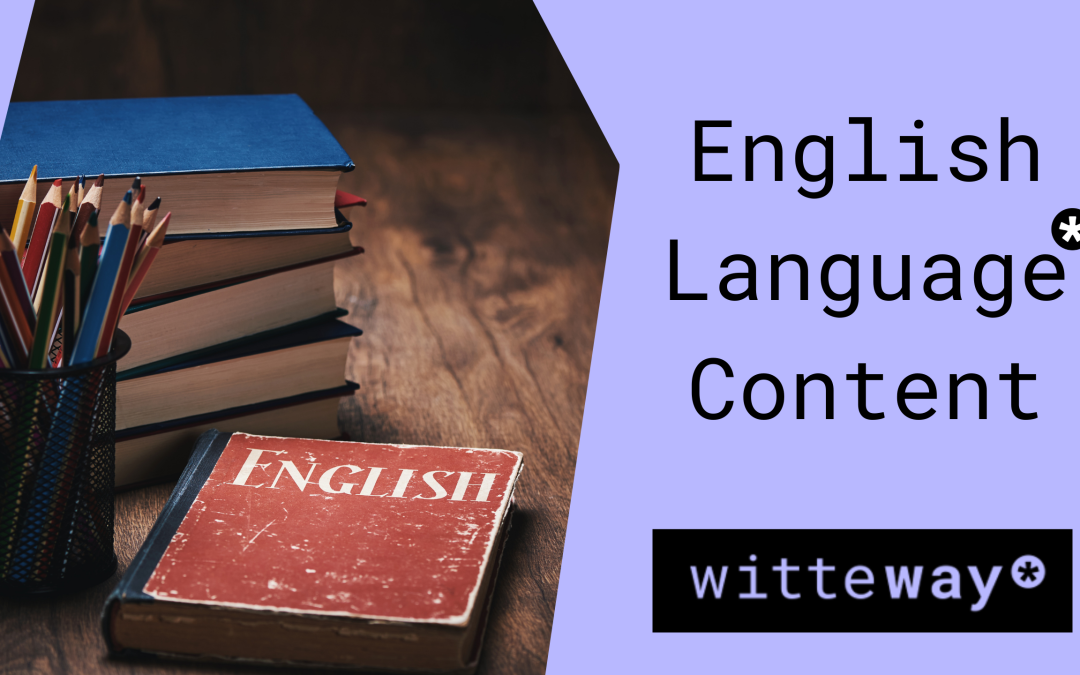This is a subject that causes some confusion among English learners and native English speakers alike, so I thought I’d give you guys a brief explanation and some examples.
You need to know before…
To be able to understand how who and whom are used, it is important to understand what is subject and object in a clause. Also, it may help to know what a clause is, so let’s start with that!
To have a clause we need a subject and a verb. For example:
“Sally runs”.
Sally = subject (the person or thing that the verb refers to)
Runs = verb (the action or state related to the subject)
That’s it, if we have a subject (the doer of the verb) and a verb, then we have a clause. That doesn’t mean that these are the only things a clause can include. The subject and verb are the minimum requirement for a clause to be a clause (there are exceptions, but we won’t get into that now). We can add more to the clause:
“Sally runs with her friend Nick every Saturday”.
This is still a clause, because we have a subject (Sally) and a verb (runs), but we also have more information in this clause:
her friend Nick = object (person or thing the verb is being done to, with, etc)
every Saturday = adverb of time (indicates time of the action or state)
A little extra information
A sentence can be the same as a clause or be formed of more than one clause. A simple sentence has one clause, like the example above. A complex sentence has 2 or more clauses. For example:
“Sally runs with her friend Nick every Saturday, but she is busy this week”.
We have 2 clauses in this sentence. Can you find the subject and verb from each one?
Clause 1
Subject: Sally
Verb: runs
Clause 2
Subject: she
Verb: is
Who and whom
Now that you know what a clause, a subject and an object are, time to understand how to use who and whom.
- Who always refers to the subject of the clause.
- Whom always refers to the object of the clause.
If we use the same example as before:
“Sally runs with her friend Nick every Saturday”.
Sally is the subject of the clause, so we could say things like this:
- Sally, who runs with Nick every Saturday, is busy this week.
- Who runs every Saturday? Sally does.
- Sally is the one who runs every Saturday.
- Who is she? That’s Sally.
We can also turn Nick into the subject of the clause, as long as he is the one doing the verb. For example:
- Who is Sally’s friend? That’s Nick.
- Nick is the friend who runs with Sally every Saturday.
When we are referring to the object, we use whom, so we can write things like:
- With whom does Sally run? Nick.
- Are you going for a run, Sally? With whom? With Nick.
- Nick is the friend with whom Sally runs.
You probably noticed that the preposition with was always there with whom. That’s because the verb run doesn’t require an object, so a preposition is used to give it an object. This is a trick to remember: if there is a preposition before, always use whom:
- To whom it may concern…
- The person to whom you give this letter will be very happy.
- This letter was written by whom?
However, this is not always the case, some verbs require an object, or can have an object without a preposition. Therefore, the preposition isn’t always there. For example:
- Whom am I supposed to call?
- He is the one whom she called.
To summarise:
- Who for subject
- Whom for object
- After a preposition, we usually use whom
Take your English to the next level with our English + IELTS Prep course!





Did you find this helpful?
Let us know in the comments below!


Recent Comments